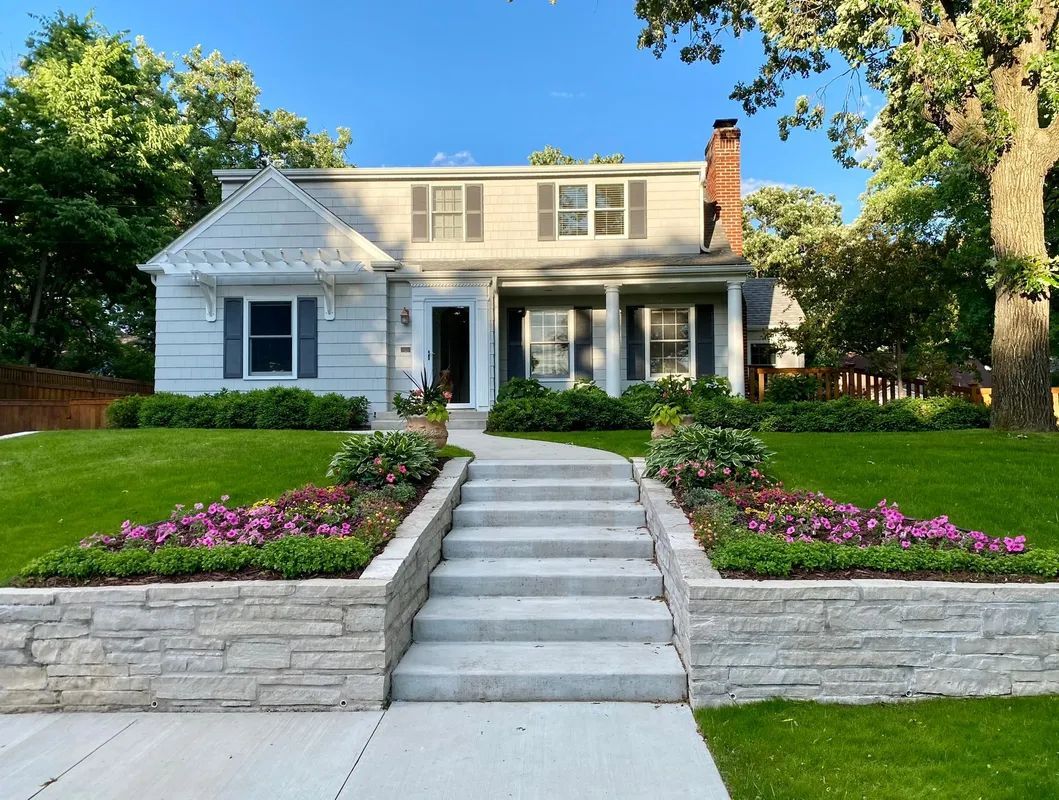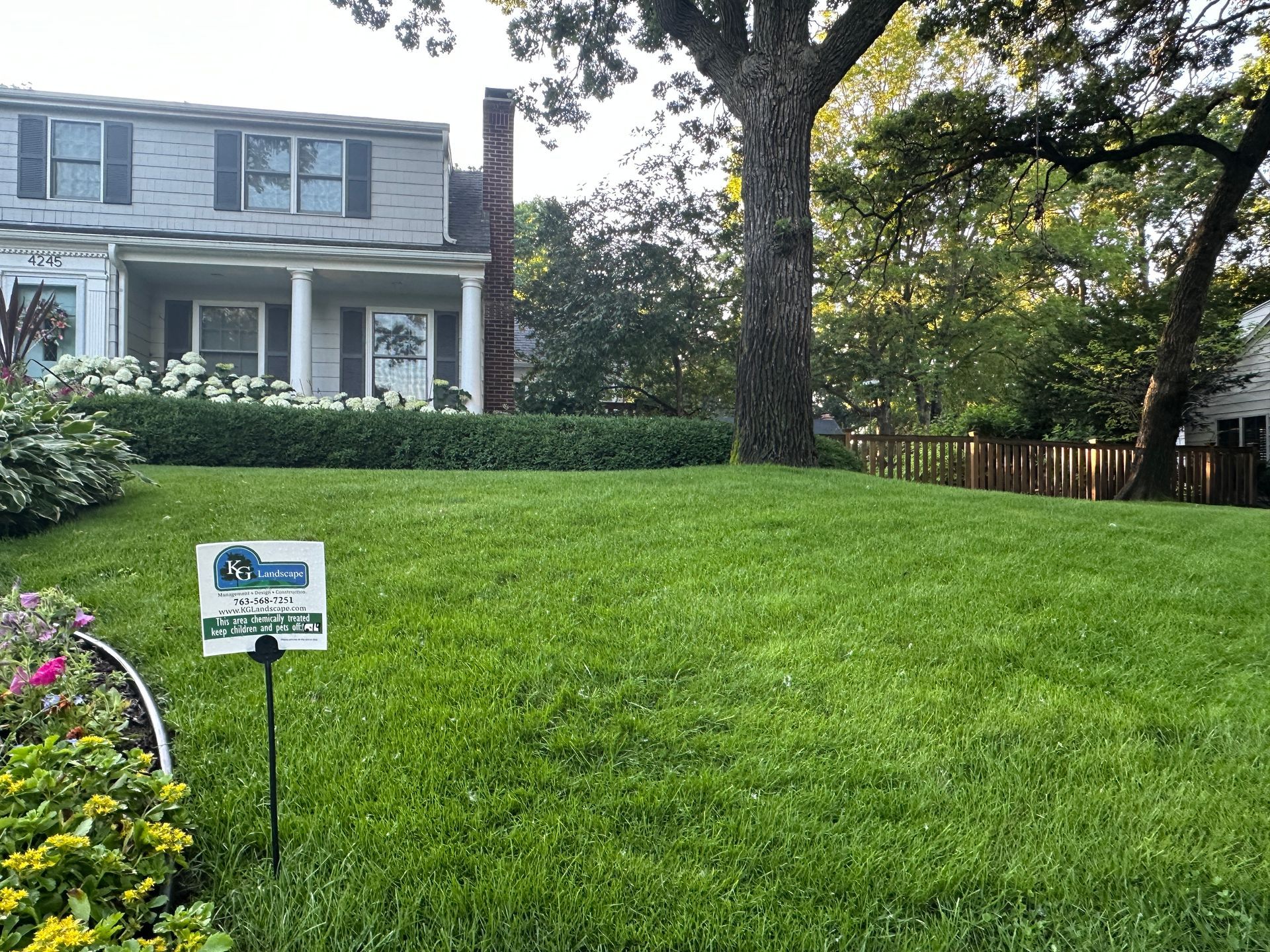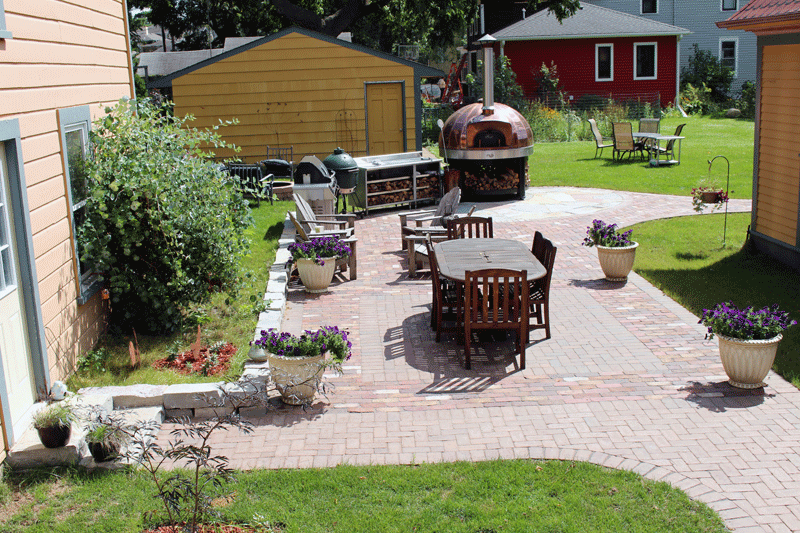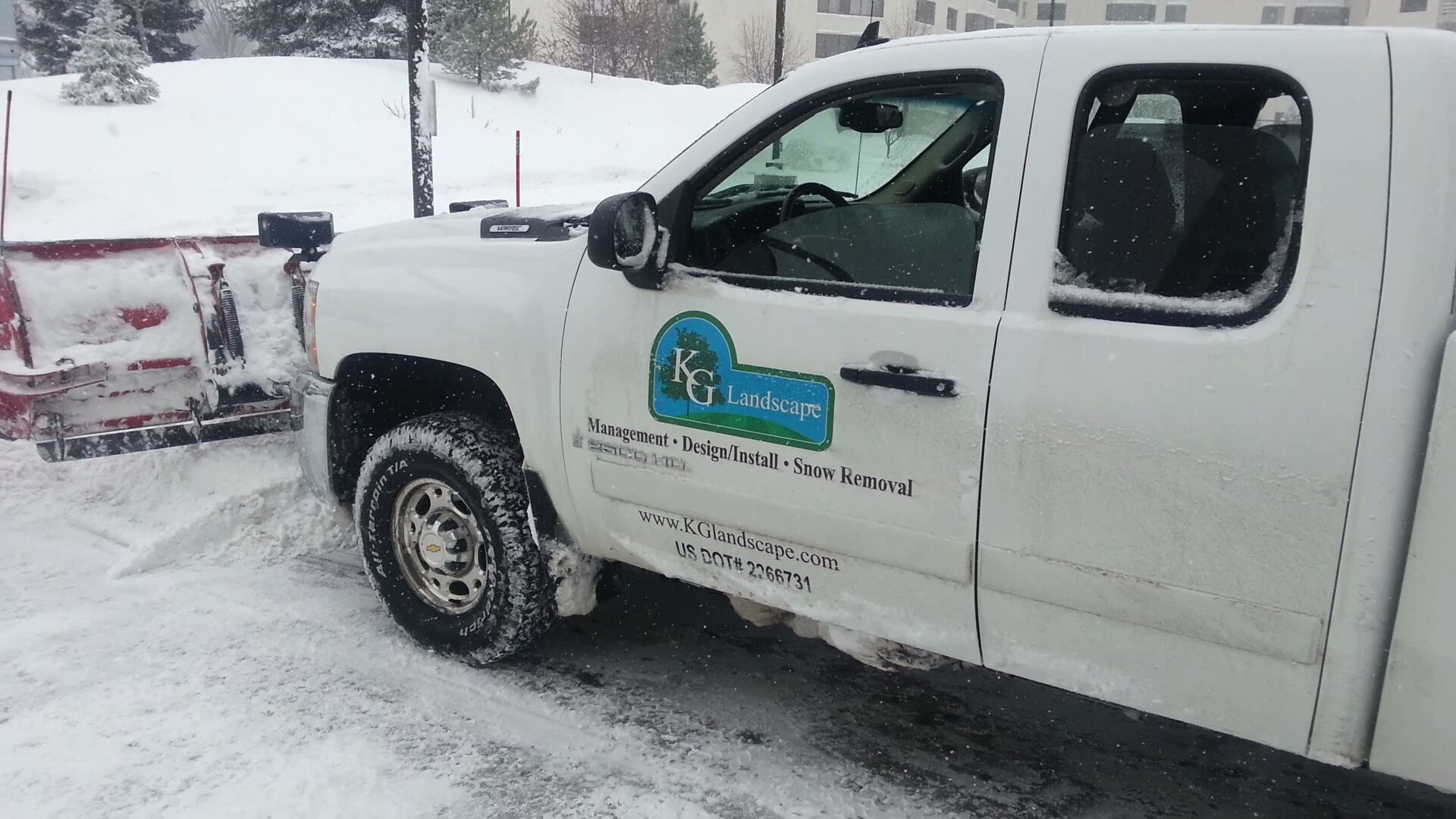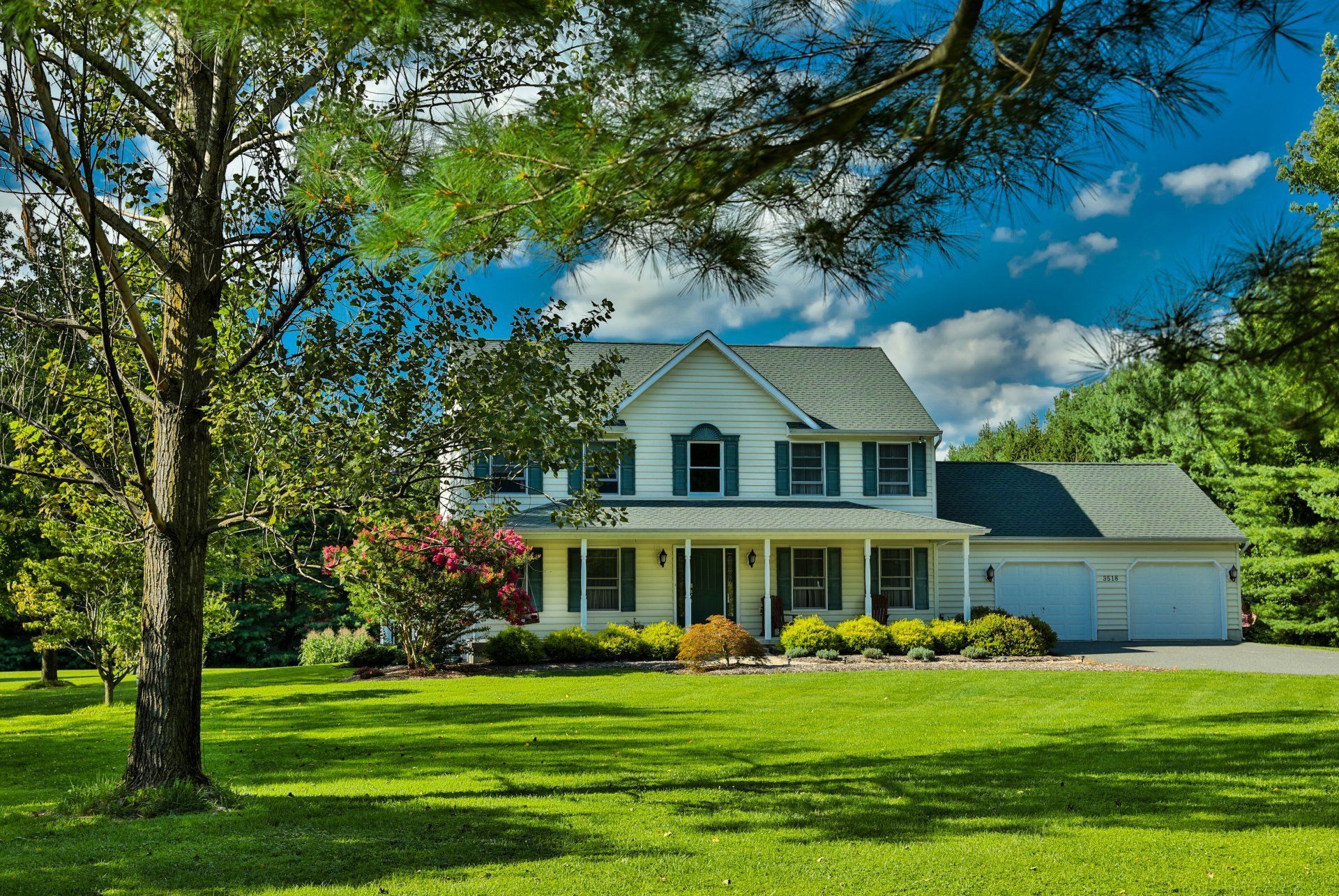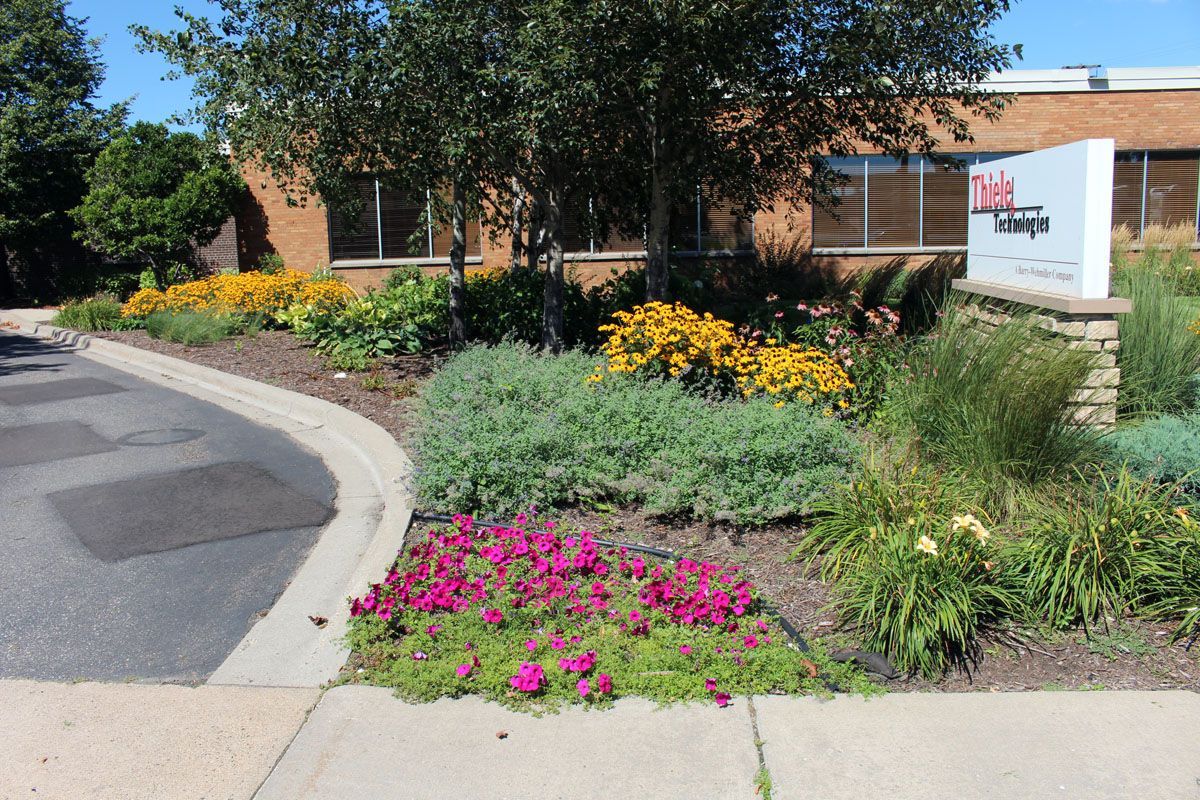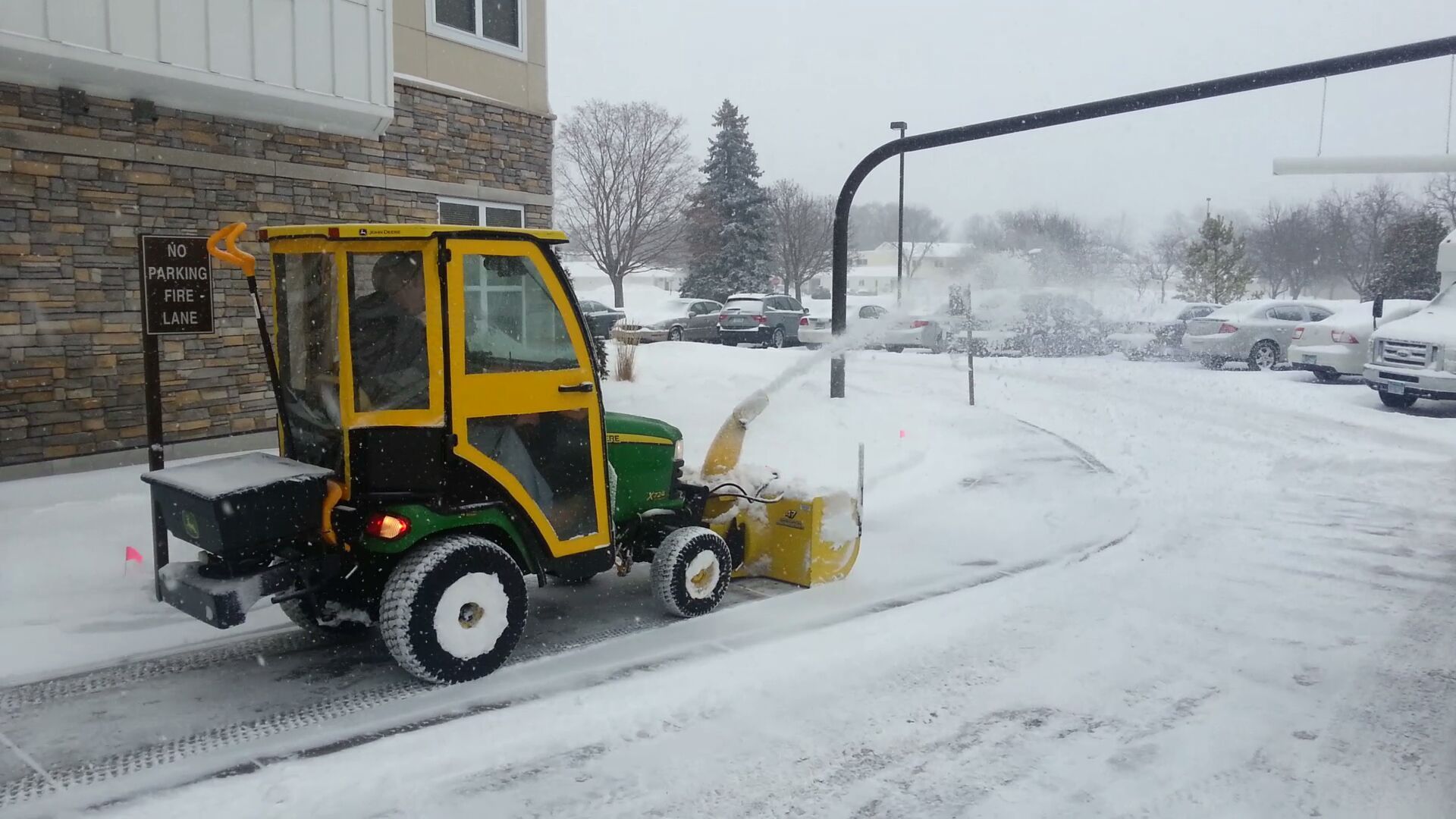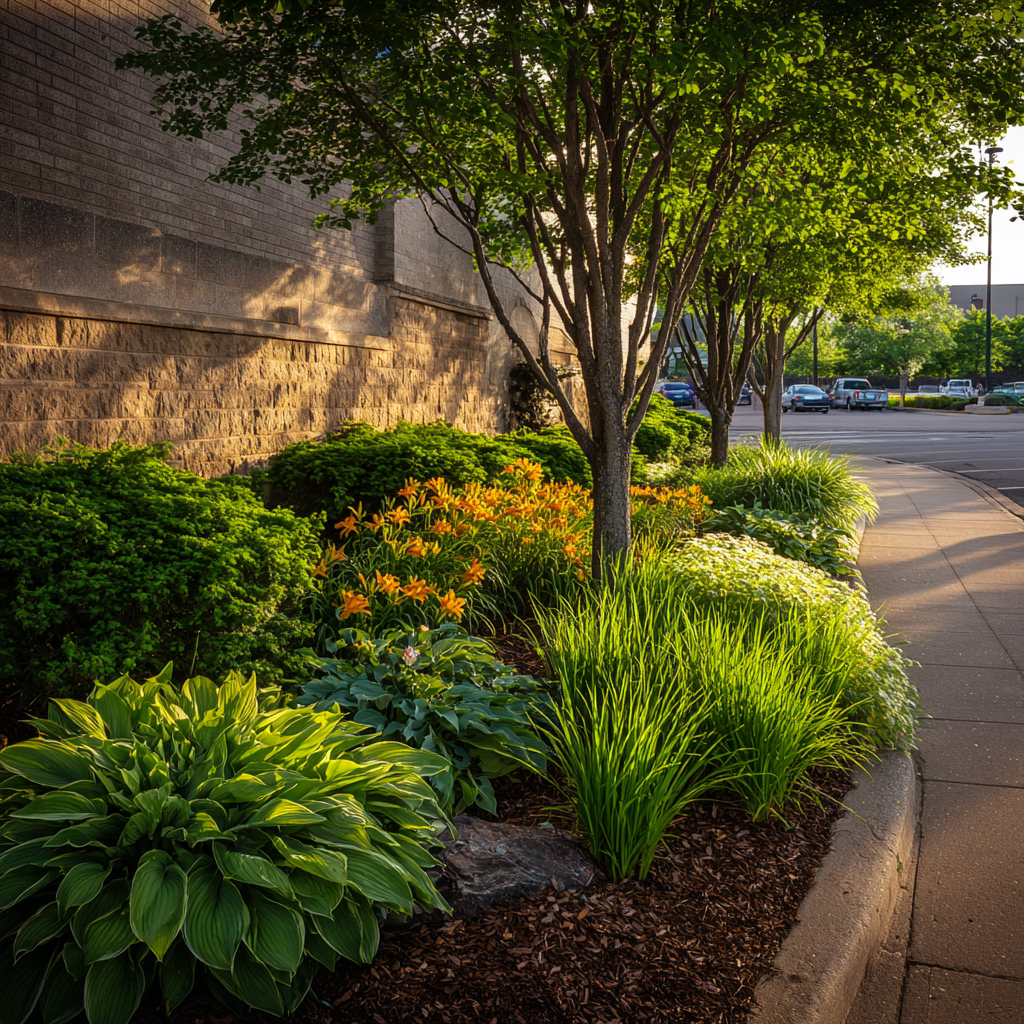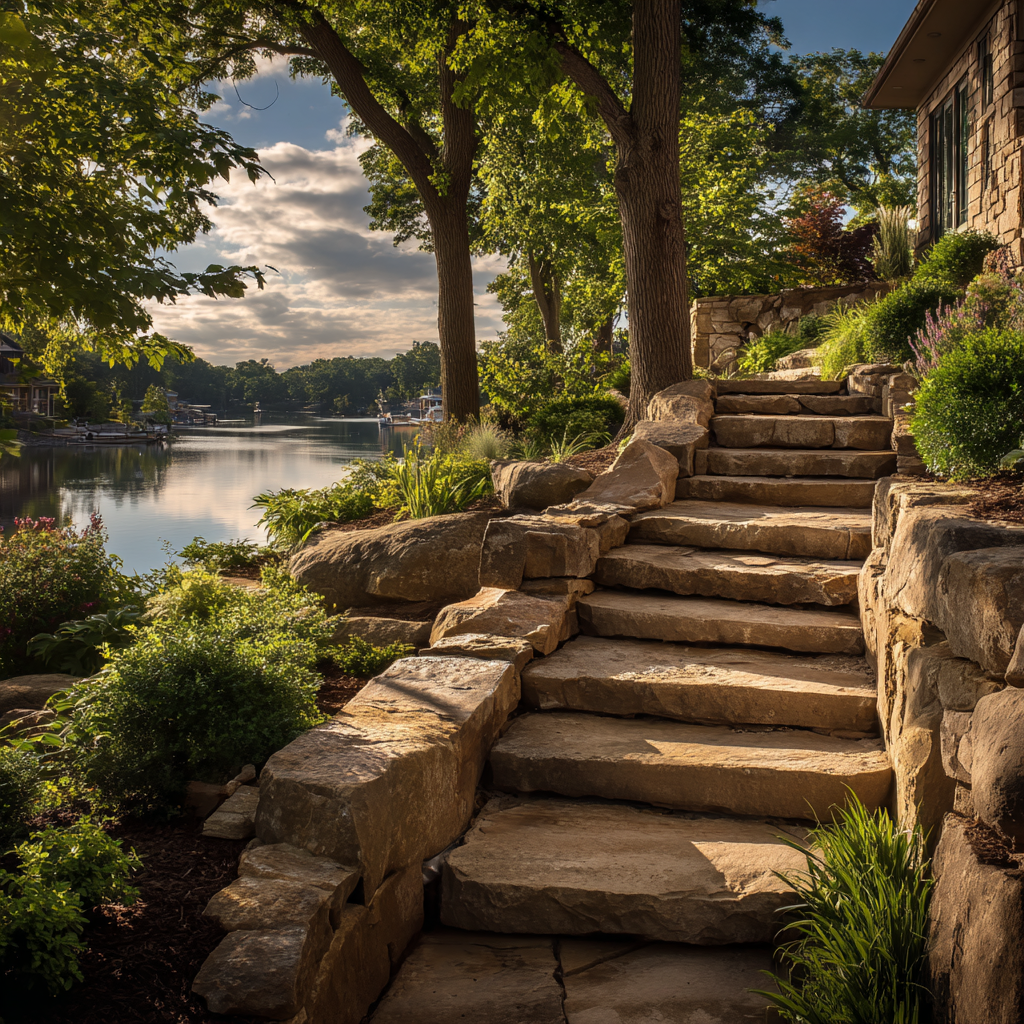Winterize Your Yard Before the Snow Flies
Have you been putting off fall maintenance on your lawn? No worries! Cooler daytime temps means now’s the perfect time. We’ve been doing this for a while now, so we know a few things about getting ready for the changing seasons. Here are a few steps you can take to prepare your yard for winter.
Have a Plan
Begin your fall clean-up with a game plan. You don’t want to get partway through only to realize there’s no space to transplant your perennials, or to plant your new bulbs. If you’re picking up new shrubs or trees, you’ll want to research what varieties will work best in your yard, and where they should be placed. Take your time to work through these tasks, maybe planning it out over a couple days or weekends. This way you won’t overextend yourself or get tired of the process before it’s done.
Remove Annuals
By now, most annuals are dying off for the season, unable to survive the nighttime temperatures. That makes this a good time to remove all the annuals from your gardens. Removing these flowers is bittersweet, but the beds will look cleaner through the winter, and doing it now will create less work for you in the spring.
Prune Perennials
Pruning back perennials, too, will help your garden beds look neat through the winter. Wait for this step until they start to die back naturally, so they don’t get stressed trying to grow new shoots.
Plant Bulbs, Trees, and Shrubs
Mid-September through early November is the perfect time to plant spring bulbs and any trees or shrubs you’d like to add to your landscape. It is also a good time to split and replant perennials as needed, giving the roots a chance to get established before the ground freezes. Add a thick layer of mulch
over the new plantings, which will help insulate them over the winter.
Rake Leaves
Cleaning up all the leaves that fall can be a lot of work (or a lot of fun, if you have kids and/or enjoy jumping into leaf piles), but it’s good for your lawn in the long run. Running a stiff-tined rake through the yard can help de-thatch the lawn. And if the leaves were left to sit on the lawn, they could suffocate the grass, leading to bare spots in the spring. An alternative to raking is to mulch all the leaves with your lawn mower, then bag them.
Clean Water Features
As we discussed in our recent post about winterizing water features
, you want to be sure fountains and ponds are drained of all water and cleaned before the first freeze. Water expands when it freezes, which could cause damage, especially if water gets into hairline cracks. Take this time to remove and clean pumps, as well, storing them inside for the season. If the water feature must stay outside through the winter, cover it with a weatherproof cover or tarp.
Fertilize Your Lawn
Just when you thought the year’s lawn maintenance was over! Even through the fall, we recommend keeping your lawn trimmed, and to apply one last fertilizer treatment
in November. This treatment will help cool-season grasses, including ryegrass and bluegrass, absorb nutrients before winter. Though the grass will go dormant through the winter, fertilizing now will give your grass it’s best chance in spring.
Check Landscape Lighting
Be sure your walkways and driveway are properly lit, especially now that the sun sets early. Replace any burned-out bulbs or broken fixtures. Besides adding a sense of coziness to your home in winter, landscape lighting
can help increase safety. With adequate lighting, you and your guests can avoid patches of ice and any other slip or trip hazards.
Looking for even more tips on getting your yard ready for winter? Check out Best Steps To Do a Fall Clean-Up
and Fall Yard Maintenance: The Full Checklist
. If you’d like to hire professionals to get your lawn in order before winter, give us a call at 763-568-7251 or use our quote system
to get in touch.

